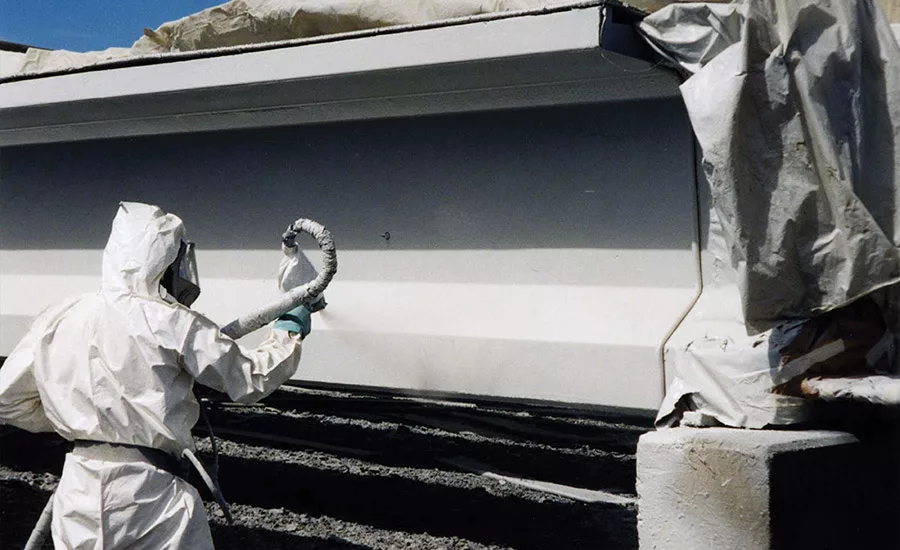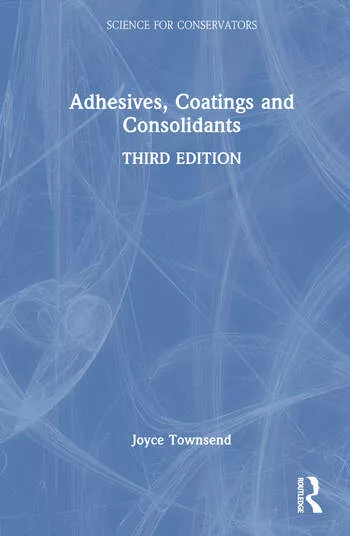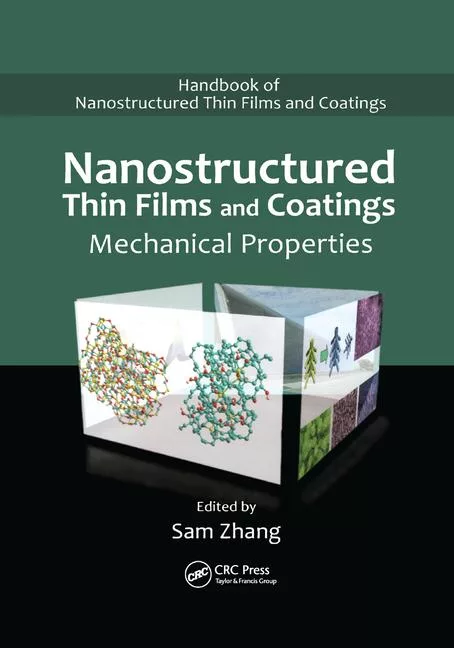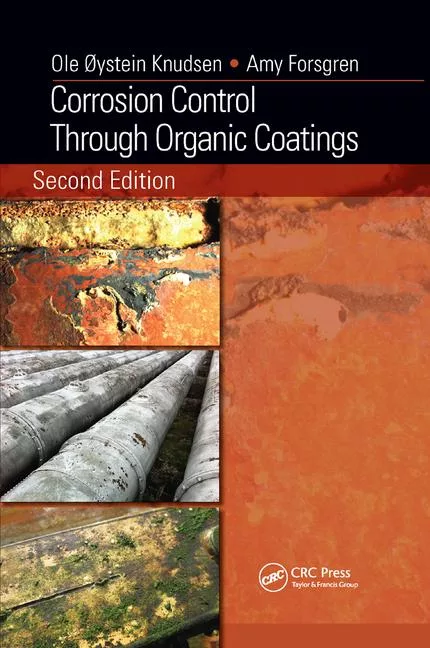Concrete Coatings: Polyurethane, Polyurea and Multi-Coat Systems
Polyurethane and polyurea coatings protect concrete against the effects of moisture, abrasion, corrosion, and chemical attack.


Concrete is the most widely used building material in the world, due to its versatility, durability and ease of use. But it is also predisposed to developing random cracks, which quickly become arteries for water, salts, chemicals and other foreign materials to seep in. Concrete is also porous, which leads to a number of problems, depending on the environment. In freeze-thaw weather cycles, water exerts tremendous force as it expands, leading to cracks and crumbling. Over time, this damage can cause serious and dangerous problems, including the collapse of structures like parking garages and bridge decks. A simple and effective way to address many of these concerns is with concrete coatings.
Polyurethane vs. Polyurea
Polyurethane and polyurea coatings are ideal for protecting concrete against the effects of moisture, abrasion, corrosion, and chemical attack. Both coating systems are derived from the reaction of an isocyanate component and a resin blend component. Polyurethane technology is around 70 years old and offers an ideal compromise between cost and quality. However, a major limiting factor is polyurethane’s sensitivity to temperatures below 32ºF and to humidity during application, which leads to blisters beneath the coating. Issues like these spurred the development of today’s polyurea spray technology.
Polyurea spray coatings can be applied in a broader range of conditions and endure in harsher environments. Unlike polyurethanes, polyureas are not sensitive to humidity and can withstand extremely low temperatures (-20ºF) during application while retaining desirable properties like abrasion resistance, high cure speed, water resistance, and ability to withstand many chemicals. Polyurea is particularly suited for coating concrete in construction applications, such as roof repairs, car park decks and bridges, where the spraying environment often varies from day to day. In addition, significant improvements have been made in spray equipment, with separate temperature settings for both components, variable ratio settings, and easy monitoring of application parameters.
Multi-Coat Systems
The fast cure time of polyurea spray coatings (sometimes within 15 sec of mixing and application) contributes to their high resistance to humidity. This speed, however, can hamper the adhesion of the coating to concrete because it doesn’t allow the coat to soak in to small crevices before hardening. One way to address this issue is with a multi-coat system. This system includes an epoxy-based primer formulated to wick into the porous concrete surface, which in turn provides a tenacious bond between the fast-set polyurea spray coating and the substrate. This primer also eliminates air bubbles and suppresses moisture from wicking to the surface and creating pinholes in the coating.
Depending on the coating specifications, an intermediate or second polyurea coat might be needed to fill holidays, such as pinholes, voids or cracks, which may have been overlooked during base coat application. In addition, an aliphatic polyurea or polyaspartic top coat is recommended where color stability and UV resistance is needed. Multi-coat systems also allow the end product to retain the advantages of fast reactivity, water insensitivity, low-temperature curing and other physical properties of polyurea coatings.
Case Study: San Mateo-Hayward Bridge Expansion
A high-profile project that incorporated a multi-coat polyurea system is the San Mateo-Hayward Bridge Widening Project. The three-year, $200 million project added much-needed lanes to the heavily traveled 7-mile bridge. A major challenge was finding a polyurea coating system that could be applied to 3.2 million sq ft of precast concrete. Specifications from the California Department of Transportation (Caltrans) called for a 60-mil coating system that could be applied year-round, withstand the San Francisco Bay Area’s varying temperatures and humidity, and have a 125-year life span.
The project started with precast concrete slabs that were sandblasted in preparation for coating. The three-part coating system included an epoxy primer, an intermediate high-build aromatic polyurea spray, and a polyaspartic aliphatic polyurea top coat. The primer fills in holes, cracks and major holidays, and provides an optimal surface for adhesion of the next coat. The 50-mil-thick aromatic polyurea delivers excellent chemical resistance and thermal stability. Finally, the polyaspartic aliphatic polyurea top coat has low film thickness and provides color stability because of its excellent resistance to UV and weathering.
The San Mateo-Hayward Bridge Widening was completed ahead of schedule in September 2002. Caltrans’ minimum specifications and expected performance were exceeded in regards to the physical properties of the polyurea coating. As such, this project’s success has opened doors for future large-scale polyurea coating projects around the globe.
For more information, visit www.chemline.com.
Looking for a reprint of this article?
From high-res PDFs to custom plaques, order your copy today!





